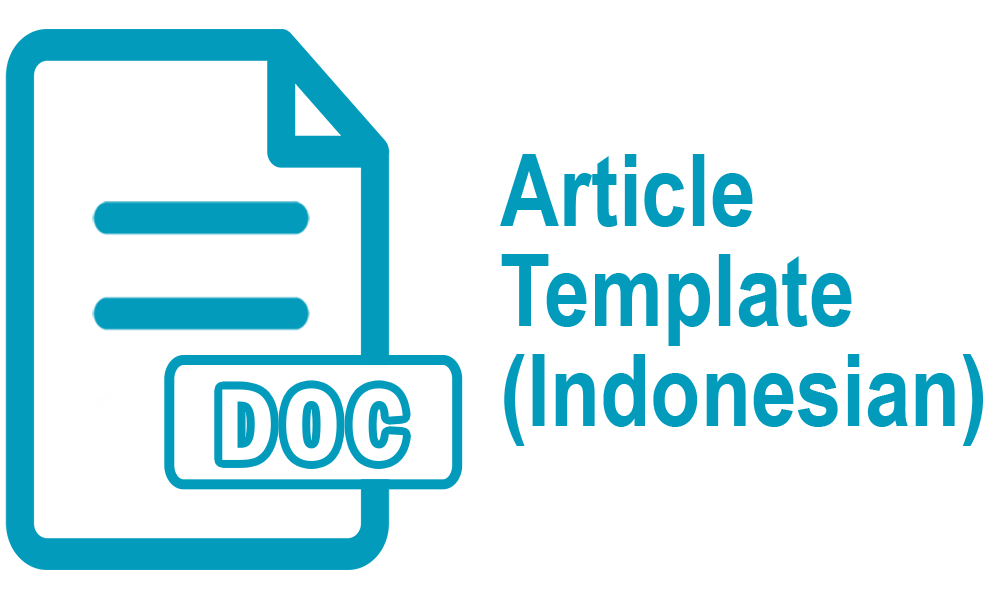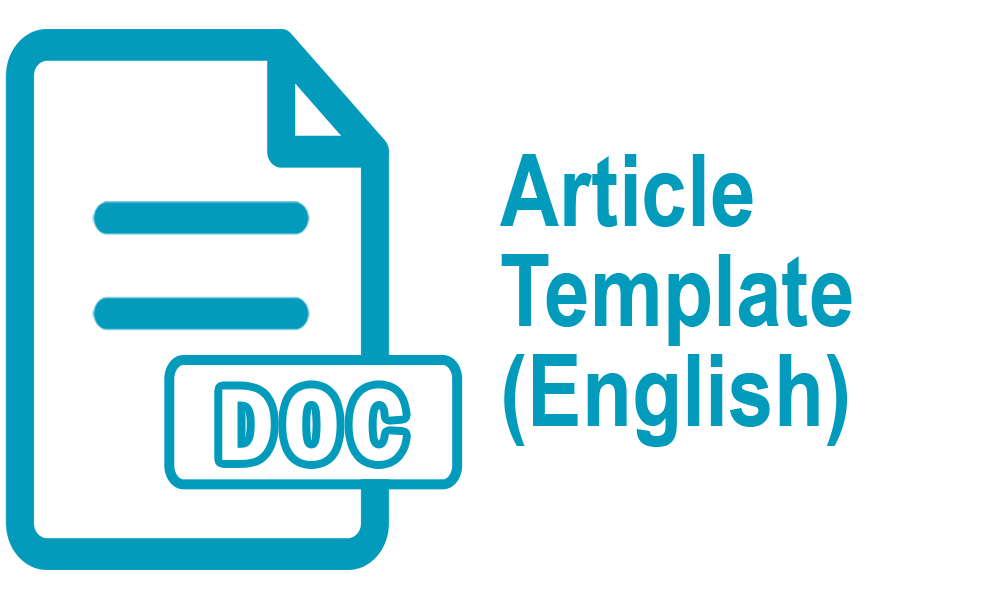CLASS DISTINCTION AS REPRESENTED BY TWIN PLANETS IN "UPSIDE DOWN" MOVIE
Abstract
The purposes of this research were to find the class distinction in character of Adam and Lagavulin and the alienation in character of Adam from the Upside Down movie. This research utilized the method of qualitative research with the technique of observing and used content analysis. The data sources of this research were the script and movie of Upside Down. The data were taken from the dialog of each character and some narrations of Adam indicating the characteristics of class distinction and types of alienation based on the theory of Karl Marx. From the findings of this research, the characters in the movie revealed there were 7 characteristics of class distinction by looking at two types of class, bourgeoisie and proletariat, those are brutal exploiter, the ruler, own the means of production, productive force, the oppressed class, have no means of production, the revolutionary. Also, from the character of Adam, he revealed there were 4 types of alienation with the types as follow, the alienation of the worker in his product, the alienation from the act of production, the alienation from the true essence of our species-being, the alienation of a worker from other workers.
Keywords
Full Text:
PDF (Bahasa Inggris)References
Arifin, Moh. “Social Class and Class Strugle in Suzanne Collins’s The Hunger Game”. Diss. State University of Surabaya.
Barrow, Clyde W. Critical Theories of the State. USA:The University of Wisconsin Press, 1993.
Barry, Peter. Beginning Theory: An Introduction to Literary and Cultural Theory. USA:Manchester University Press,2002.
Bennett, Andrew and Nicholas Royle. An Introduction to Literature, Criticism and Theory. 3rd Edition. Great Britain: Pearson Education Limited, 2004.
Bensaid, Daniel. Marx for Our Times. Translated by Gregory Elliott. Verso, 2002.
Chengte, Dr.Pralhad V. The Concept of Revolution. International Journal of Political Science (IJPS). 2016.
Chowdhury, Md. Sirazus Salekin. Effects of Police Brutality on Society. researchgate.net, 2016. Web. 18 Jun 2020.
Cox, Judy. An Introduction to Marx’s Theory of Alienation. Marxist Internet Archive. 2012. www.marxists.org/history/etol/newspape/isj2/1998/isj2-079/cox.html. Accessed July 2017.
Cudd, Ann E. How To Explain Oppression: Criteria of adequacy for normative explanatory theories. researchgate.net, 2005. Web. 18 Jun 2020. < https://www.researchgate.net/publication/249678344_How_to_Explain_Oppression>
Davenport, Thomas H and Laurence Prusak. Working Knowledge: How Organizations Manage What They Know. Harvard Business School Press, 2000.
Eagleton, Terry. Literary Theory: An Introduction. 2nd Edition. United States: The University of Minnesota Press, 1996.
Fatmawati, Yunita. “Eliza’s Struggle to Achieve The Higher Social Class Status in Pygmalion by George Barnard Shaw”. Diss. State Islamic Univesity of SunanAmpel Surabaya, 2014.
Flick, Uwe. The Sage Handbook of Qualitative Data Analysis. SAGE, 2013.
Fraenkel, Jack R and Norman E Wallen. How to Design and Evaluate Research in Education. 7th Edition. New York: The McGraw-Hill Companies, Inc, 2007.
Griffith, Kelley. Writing Essay About Literature. 3rd Edition. Harcourt Brace Jovanovich, 1990.
Heinrich, Michael. An Introduction to the Three Volumes of Karl Marx’s Capital. Trans. Alexander Locascio. Monthly Review Press, 2012.
Klarer, Mario. An Introduction to Literary Studies. 2nd Edition. USA: Routledge. 2004.
Kleinhans, Chuck. “Marxism –Cinema and Media Sudies”.Oxforrdbibliographies.com. Oxfordbibliography. 2015. Web. February 2017
Mahfudz, Muhammad T. “Class Struggle As Seen As in Upside Down Movie”. Diss. State Islamic University SunanKalijaga, 2017.
Marx, Karl. Economic & Philosophic Manuscript of 1844. Moscow: Progress Publisher. 1959. Trans. Martin Milligan, 1956.
Marx, Karl and FrederickEngels. Economy, Class, and Social Revolution. Edited by Z A Jordan, Berne Convention, 1971.
Meyer, Jim. What is Literature?A Definition Based on Prototypes, 1997.
Palar, Elizabeth R. “Kelas SosialDalam Novel North and South Karya Elizabeth Gaskel”. Diss. Samratulangi University, 2016.
"ruler." Definitions.net. STANDS4 LLC, 2020. Web. 18 Jun 2020. .
Stockard, Jean. Sociology : Discovering Society. Wadsworth Publishing Company, 1997.
Tesch, Renata. Qualitative Research: Analysis Types & Tools The Falmer Press. 1990.
“Upside Down”. IMDb.com. IMDb 2012. Web. November 2016.
“Upside Down – Awards”. IMDb, 2013. IMDB, www.imdb.com/title/tt1374992/awards?ref_=m_tt_awd&mode=desktop. Accessed October 2017
Walker, David and Daniel Gray. Historical Dictionary of Marxism. USA: Scarecrow Press, Inc, 2007.
Wellek, Rene nad Austin Warren. Theory of Literature. Harcourt, Brace and Company, 1948.
Williams, Raymond. Keywords: A Vocabulary of Culture and Society. Revised Edition. United States: Oxford University Press, 1985.
DOI: http://dx.doi.org/10.30872/jbssb.v5i3.4228
Refbacks
- There are currently no refbacks.
Copyright (c) 2021 Eva Kartini, M. Natsir, Setya Ariani
Editorial address:
Fakultas Ilmu Budaya, Universitas Mulawarman
Jl. Ki Hajar Dewantara, Gunung Kelua, Kec. Samarinda Ulu, Kota Samarinda, Kalimantan Timur, Indonesia 75123
Email: jurnalilmubudaya.fibunmul@gmail.com
Website: http://e-journals.unmul.ac.id/index.php/JBSSB
Ilmu Budaya: Jurnal Bahasa, Sastra, Seni, dan Budaya is licensed under a Creative Commons Attribution-ShareAlike 4.0 International License






